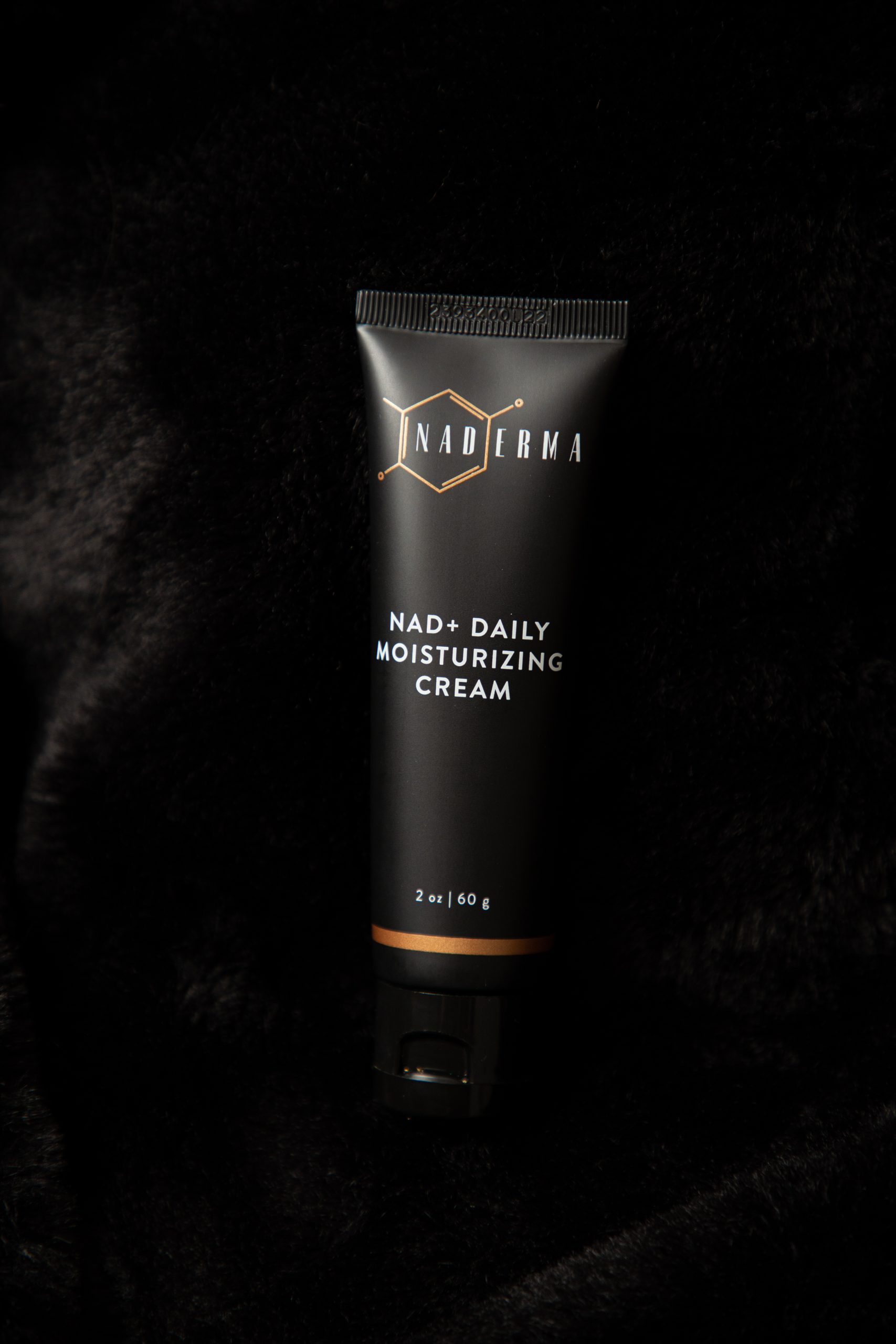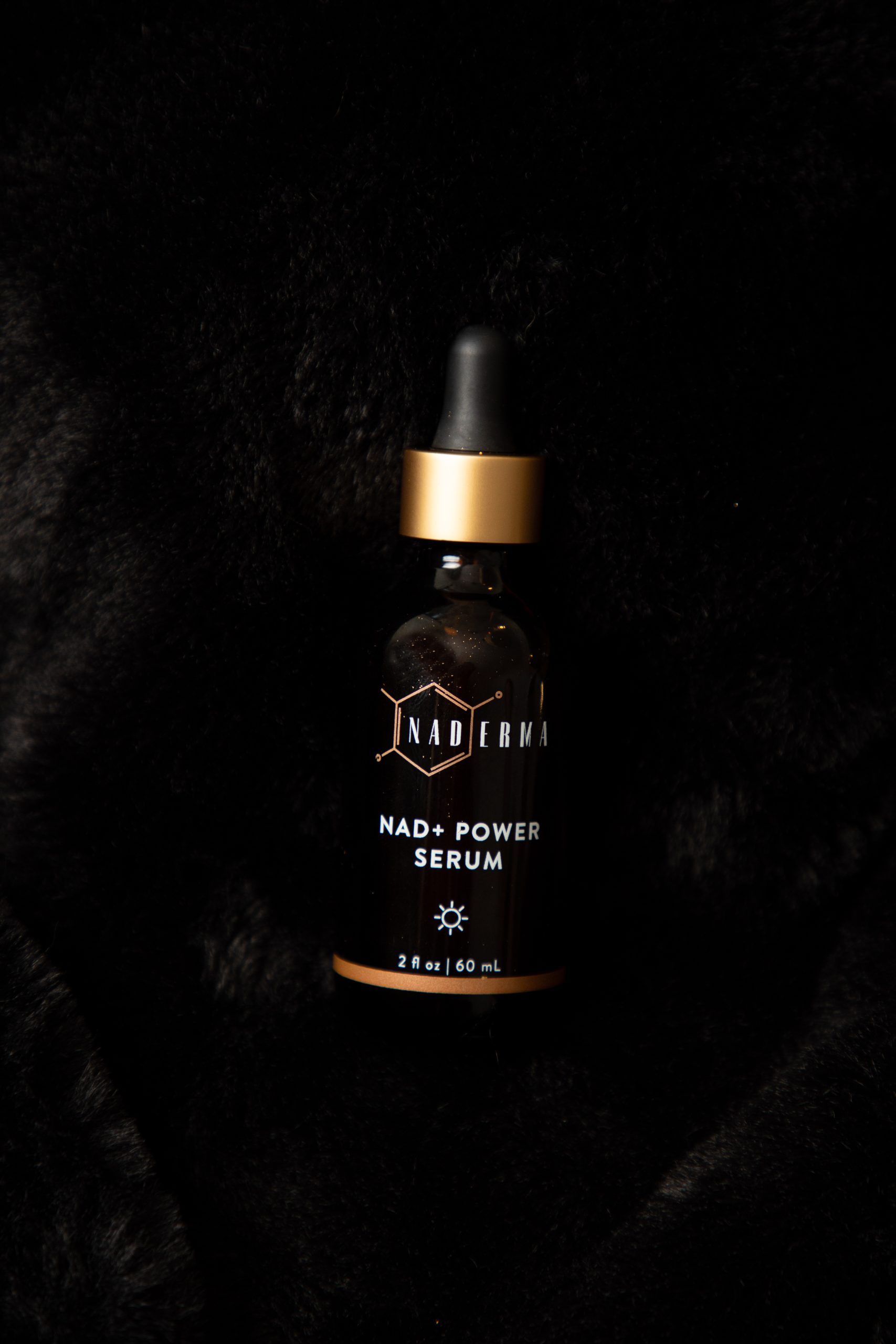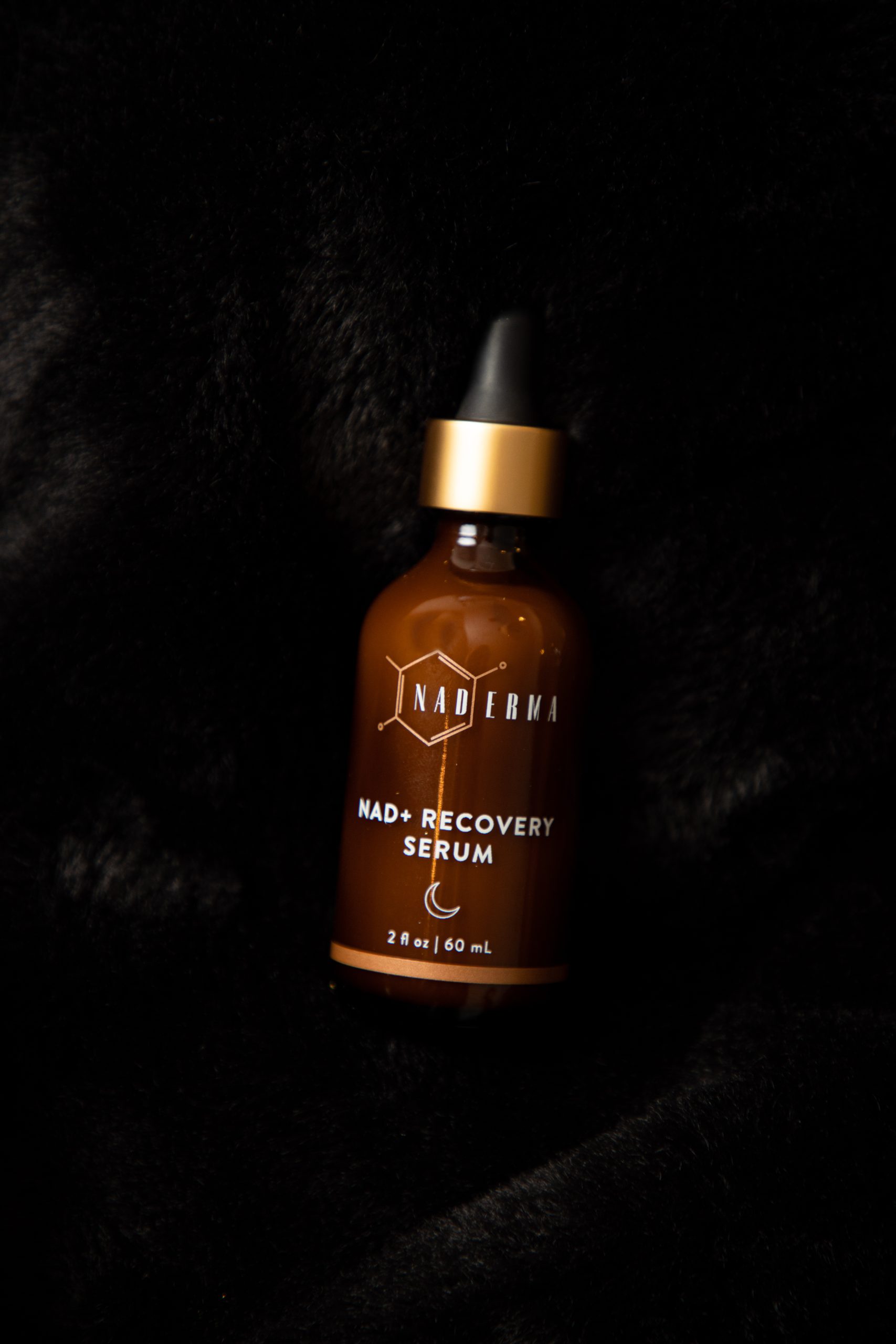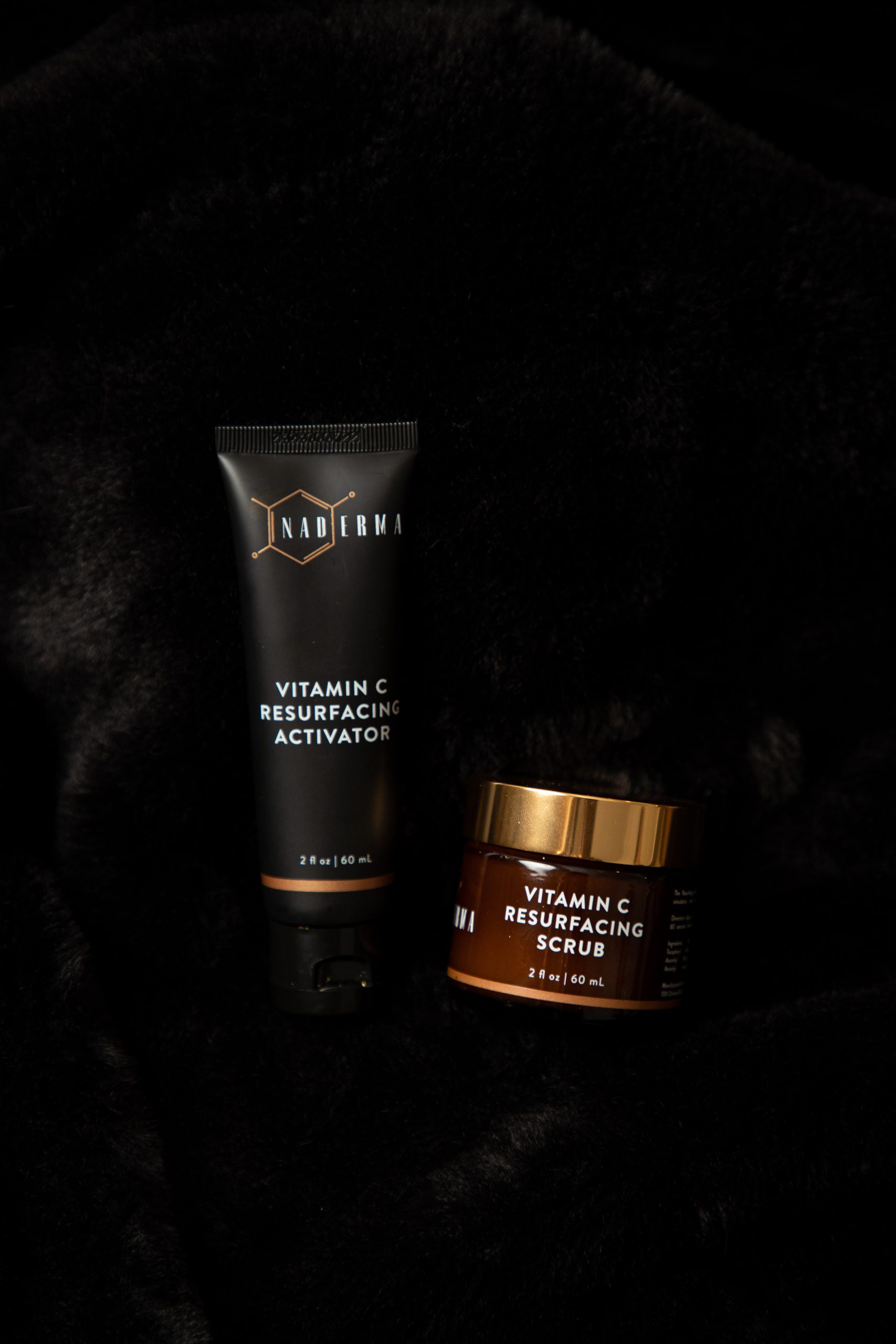Why Naderma?
Our Ingredients
Snail Mucin
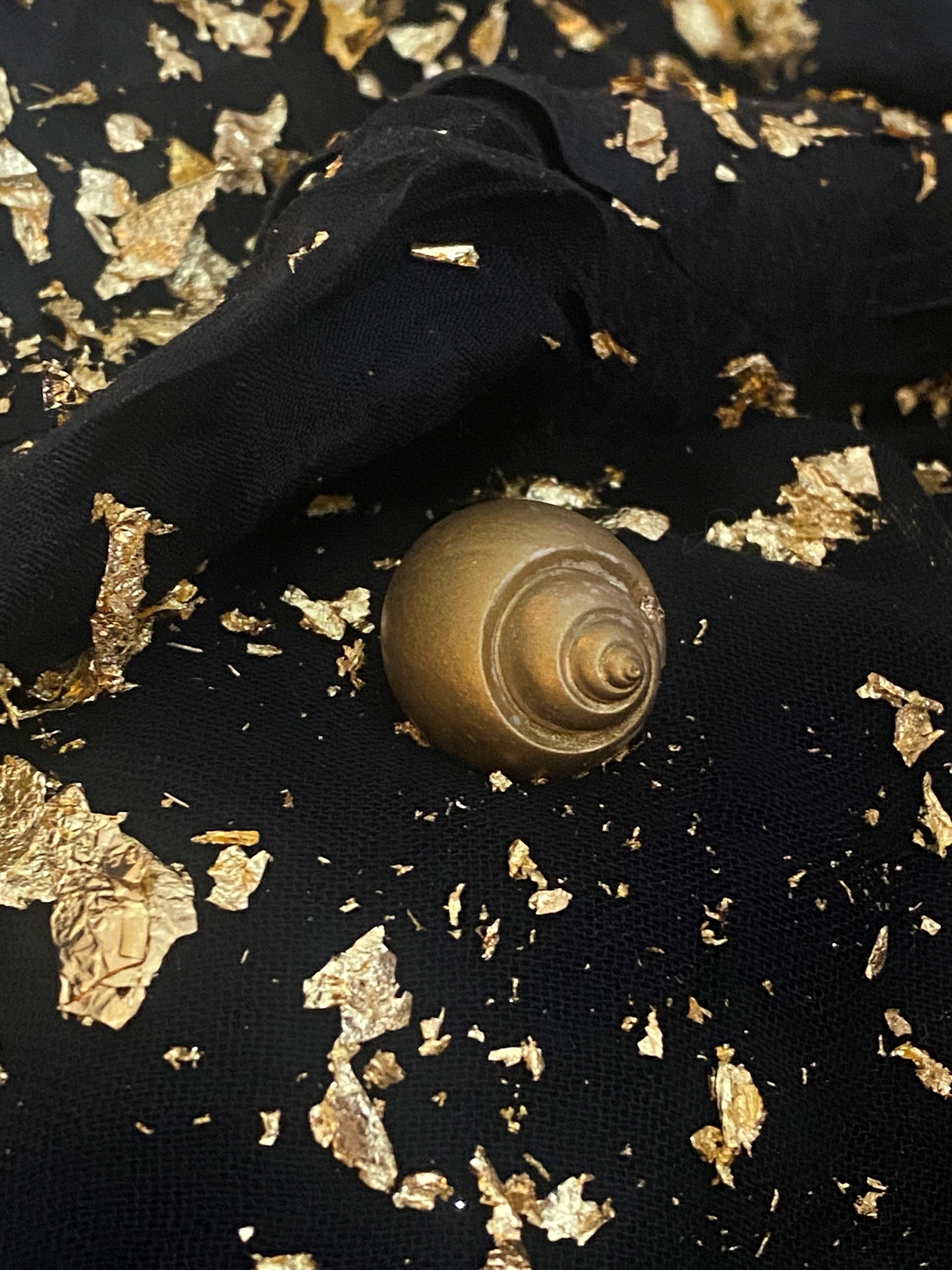
Did you know the benefits of Snail Mucin were discovered accidentally? Back in the ‘80’s, Chilean farmers harvested snails to provide escargot to French restaurants. The Chilean farmers realized that any injuries to their hands, such as scrapes or cuts while farming the snails, would heal quickly without scarring. Their hands often felt extremely soft. After some clinical lab testing, doctors discovered that snail mucin was responsible for a multitude of skin benefits! For years, our founders have used snail mucin in their own skincare routine. Now, they want everyone to see the power of this amazing, regenerative ingredient.
Vitamin C
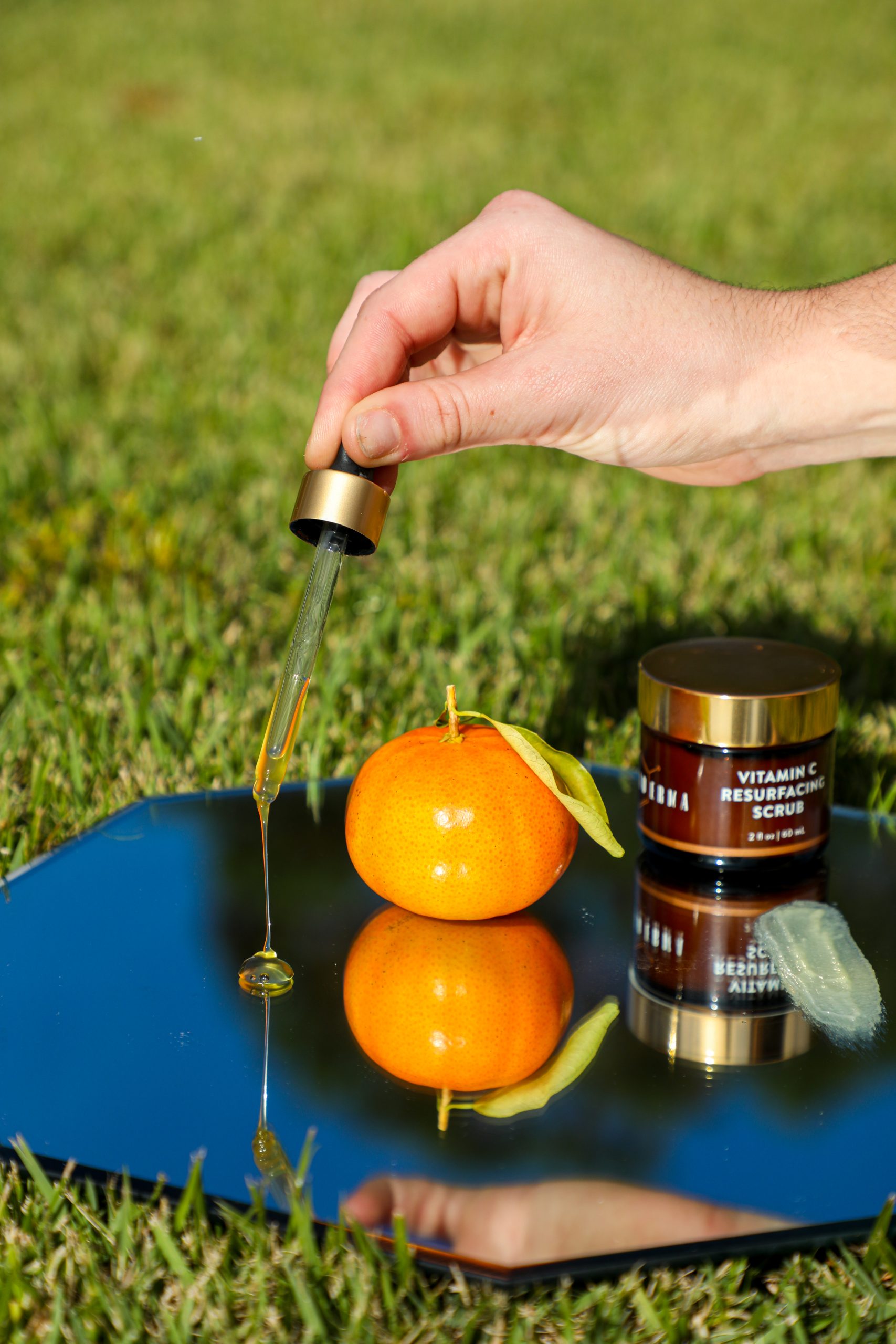
Naderma is formulated with 2 different types of Vitamin C – lipid and aqueous – which provide different rates of penetration for Vitamin C to sink into the skin. This helps to address oxidative stress and provide antioxidant protection. Unlike other companies, we do not use ascorbic acid as a source of Vitamin C. That means that this pH neutral formula does not cause irritation or oxidize!
Rosehip
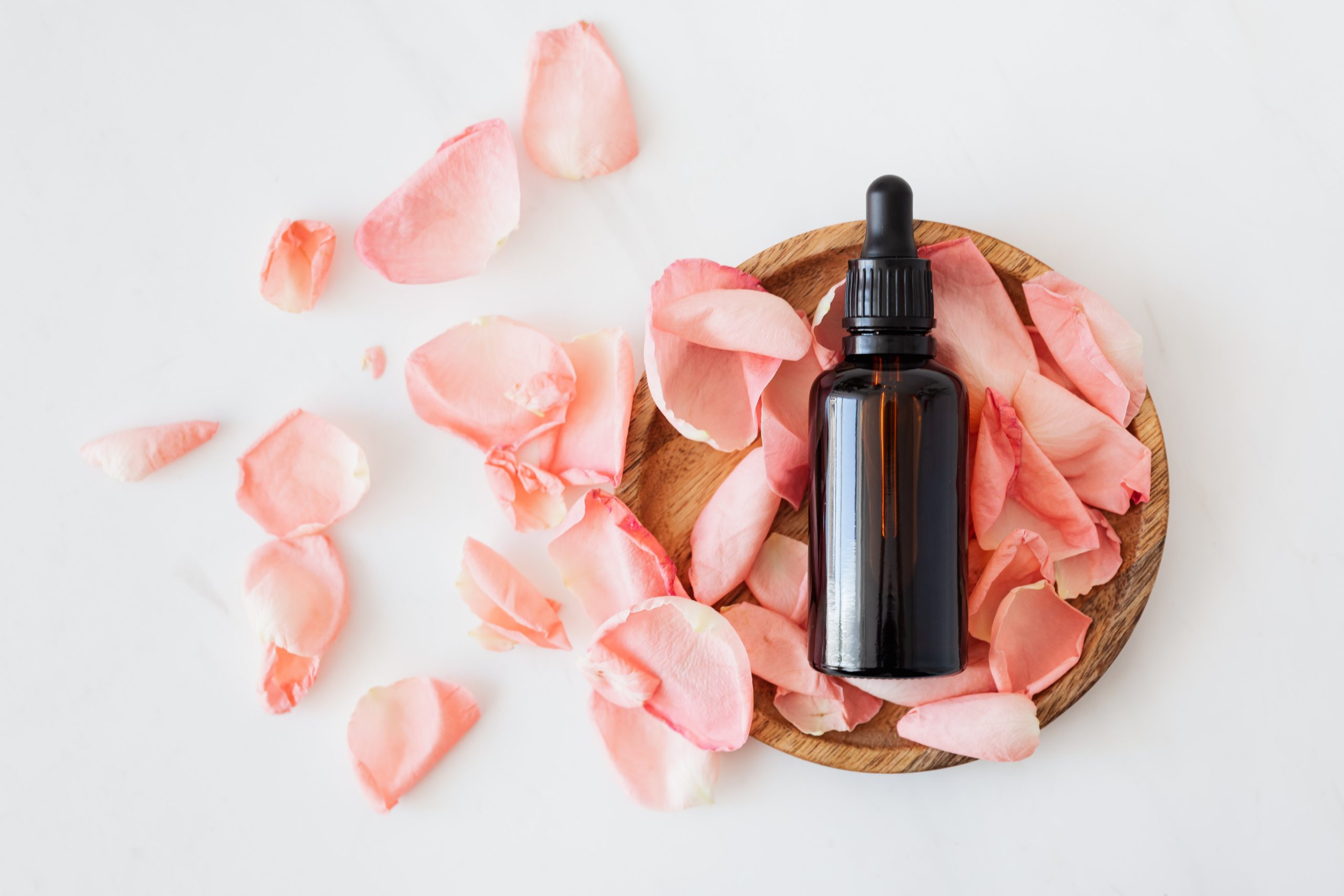
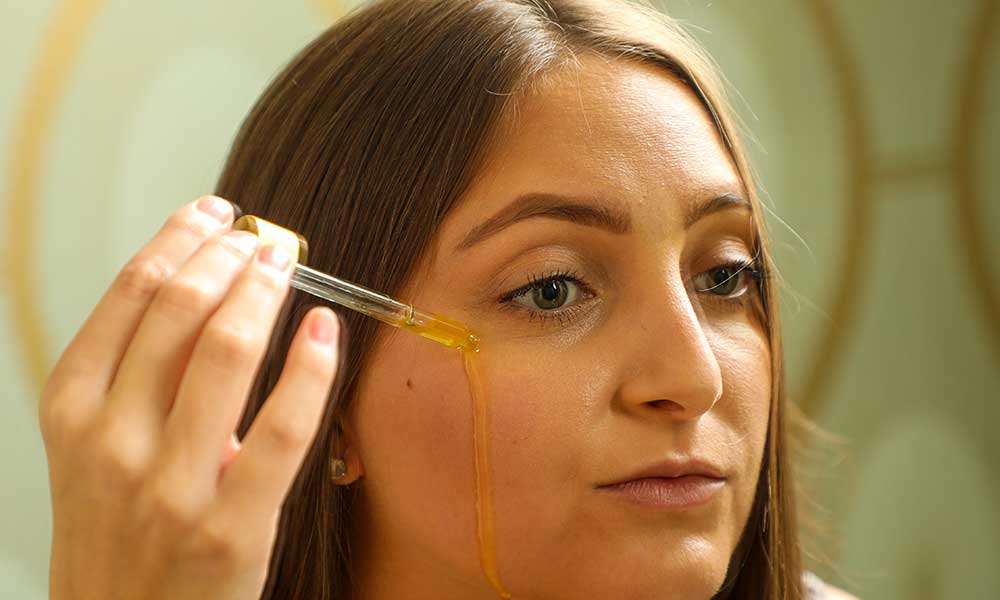
Rosehip, a strong recovery agent, is an anti-inflammatory, anti-aging, vitamin rich moisturizing ingredient that enhances the results of Naderma’s skincare products. Plant oils have the unique ability to naturally protect themselves the sun’s UV radiation. Rosehip oil benefits also include protection from UV damage, reverse sun-induced aging, and reducing inflammation. Rosehip oil also contains a boost of Vitamin C to the skin.
Vitamin E and Probiotics
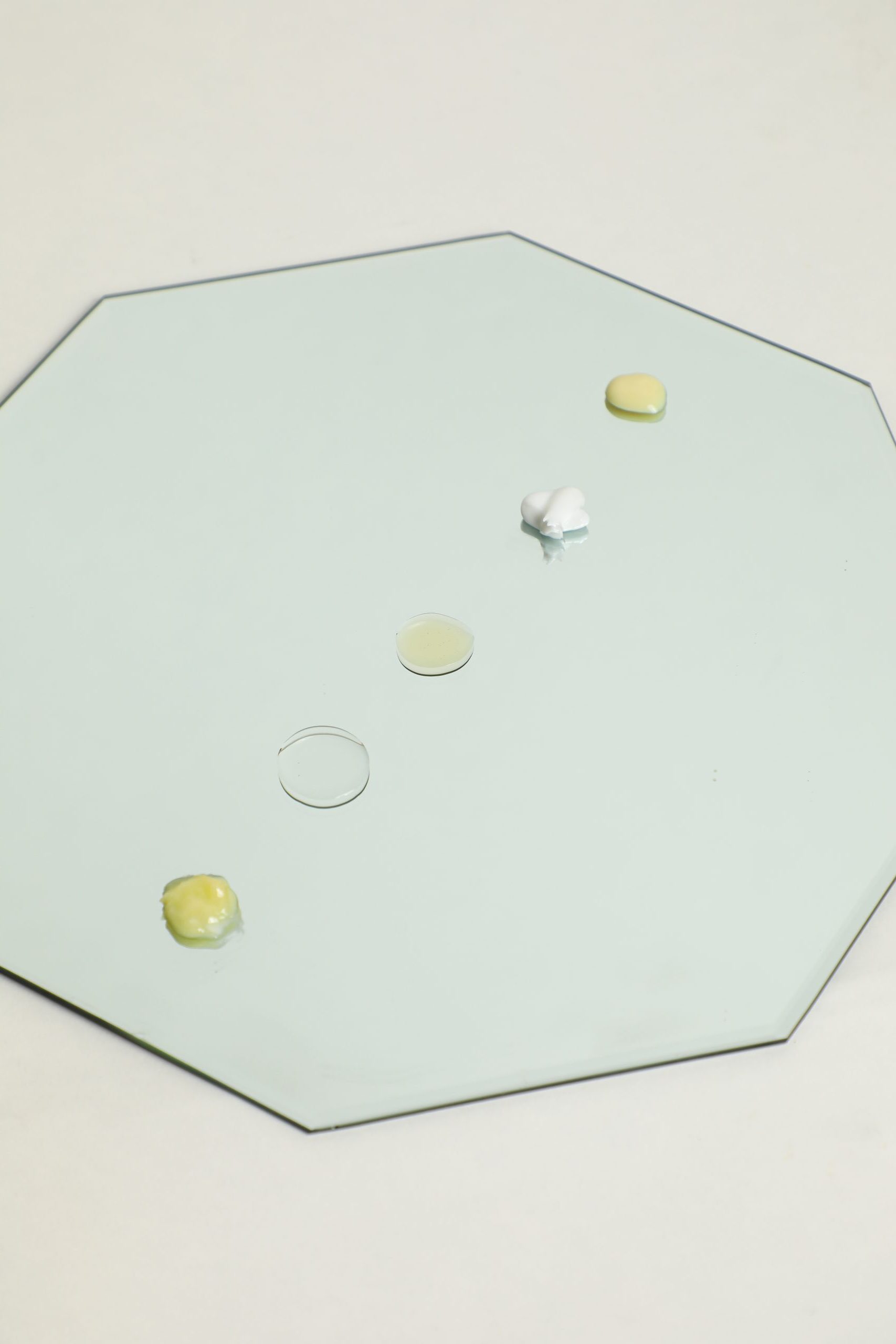
Vitamin E acts as an antioxidant, protects skin from losing moisture, prevents cell damage and softens the skin. This ingredient does it all! Probiotics top off all of these benefits by helping your skin maintain a healthy microbiome.
Advocate for your own skin health & stay updated on the research
articles
One of Dubai’s leading clinics shares the positive effects of NAD+ IV Therapy
Role of Nicotinamide in Genomic Stability and Skin Cancer Chemoprevention
Top 10 Celebrities That Love IV Drips
What’s The Deal With NAD IV Therapy? The Treatment Loved By Kendall Jenner & Hailey Bieber
Olivia Culpo Becomes Latest Celebrity To Endorse NAD IV Therapy
NAD in skin: therapeutic approaches for niacin
NAD+ metabolism and its roles in cellular processes during ageing
Al-Atif H. Collagen Supplements for Aging and Wrinkles: A Paradigm Shift in the Fields of Dermatology and Cosmetics. Dermatol Pract Concept. 2022 Jan 1;12(1):e2022018. doi: 10.5826/dpc.1201a18. PMID: 35223163; PMCID: PMC8824545.
Amano H, Sahin E. Telomeres and sirtuins: at the end we meet again. Mol Cell Oncol. 2019 Jul 7;6(5):e1632613. doi:10.1080/23723556.2019.1632613. PMID: 31528700; PMCID: PMC6736325.
Benavente CA, Jacobson MK, Jacobson EL. NAD in skin: therapeutic approaches for niacin. Curr Pharm Des. 2009;15(1):29-38. doi: 10.2174/138161209787185760. PMID: 19149600.
Bissett DL, Oblong JE, Berge CA. Niacinamide: A B vitamin that improves aging facial skin appearance. Dermatol Surg. 2005 Jul;31(7 Pt 2):860-5; discussion 865. doi: 10.1111/j.1524-4725.2005.31732. PMID: 16029679.
Covarrubias AJ, Perrone R, Grozio A, Verdin E. NAD+ metabolism and its roles in cellular processes during ageing. Nat Rev Mol Cell Biol. 2021 Feb;22(2):119-141. doi: 10.1038/s41580-020-00313-x. Epub 2020 Dec 22. PMID: 33353981; PMCID: PMC7963035.
Fania L, Mazzanti C, Campione E, Candi E, Abeni D, Dellambra E. Role of Nicotinamide in Genomic Stability and Skin Cancer Chemoprevention. Int J Mol Sci. 2019 Nov 26;20(23):5946. doi: 10.3390/ijms20235946. PMID: 31779194; PMCID: PMC6929077.
Gong B, Pan Y, Vempati P, Zhao W, Knable L, Ho L, Wang J, Sastre M, Ono K, Sauve AA, Pasinetti GM. Nicotinamide riboside restores cognition through an upregulation of proliferator-activated receptor-γ coactivator 1α regulated β-secretase 1 degradation and mitochondrial gene expression in Alzheimer’s mouse models. Neurobiol Aging. 2013 Jun;34(6):1581-8. doi: 10.1016/j.neurobiolaging.2012.12.005. Epub 2013 Jan 9. PMID: 23312803; PMCID: PMC3632303.
Imai S, Guarente L. NAD+ and sirtuins in aging and disease. Trends Cell Biol. 2014 Aug;24(8):464-71. doi: 10.1016/j.tcb.2014.04.002. Epub 2014 Apr 29. PMID: 24786309; PMCID: PMC4112140.
Korać RR, Khambholja KM. Potential of herbs in skin protection from ultraviolet radiation. Pharmacogn Rev. 2011 Jul;5(10):164-73. doi: 10.4103/0973-7847.91114. PMID: 22279374; PMCID: PMC3263051.
Lautrup S, Sinclair DA, Mattson MP, Fang EF. NAD+ in Brain Aging and Neurodegenerative Disorders. Cell Metab. 2019 Oct 1;30(4):630-655. doi: 10.1016/j.cmet.2019.09.001. PMID: 31577933; PMCID: PMC6787556.
Li W, Sauve AA. NAD⁺ content and its role in mitochondria. Methods Mol Biol. 2015;1241:39-48. doi: 10.1007/978-1-4939-1875-1_4. PMID: 25308486.
Massudi H, Grant R, Braidy N, Guest J, Farnsworth B, Guillemin GJ. Age-associated changes in oxidative stress and NAD+ metabolism in human tissue. PLoS One. 2012;7(7):e42357. doi: 10.1371/journal.pone.0042357. Epub 2012 Jul 27. PMID: 22848760; PMCID: PMC3407129.
Pesheva, E. (2017, March 23). Unraveling the mysteries of aging. Unraveling the Mysteries of Aging | Harvard Medical School. Retrieved January 11, 2023, from https://hms.harvard.edu/news/unraveling-mysteries-aging
Pesheva, E. (2018, March 22). Rewinding the Clock. Rewinding the Clock | Harvard Medical School. Retrieved January 11, 2023, from https://hms.harvard.edu/news/rewinding-clock
Prolla TA, Denu JM. NAD+ deficiency in age-related mitochondrial dysfunction. Cell Metab. 2014 Feb 4;19(2):178-80. doi: 10.1016/j.cmet.2014.01.005. PMID: 24506863.
Radenkovic D, Reason, Verdin E. Clinical Evidence for Targeting NAD Therapeutically. Pharmaceuticals (Basel). 2020 Sep 15;13(9):247. doi: 10.3390/ph13090247. PMID: 32942582; PMCID: PMC7558103.
